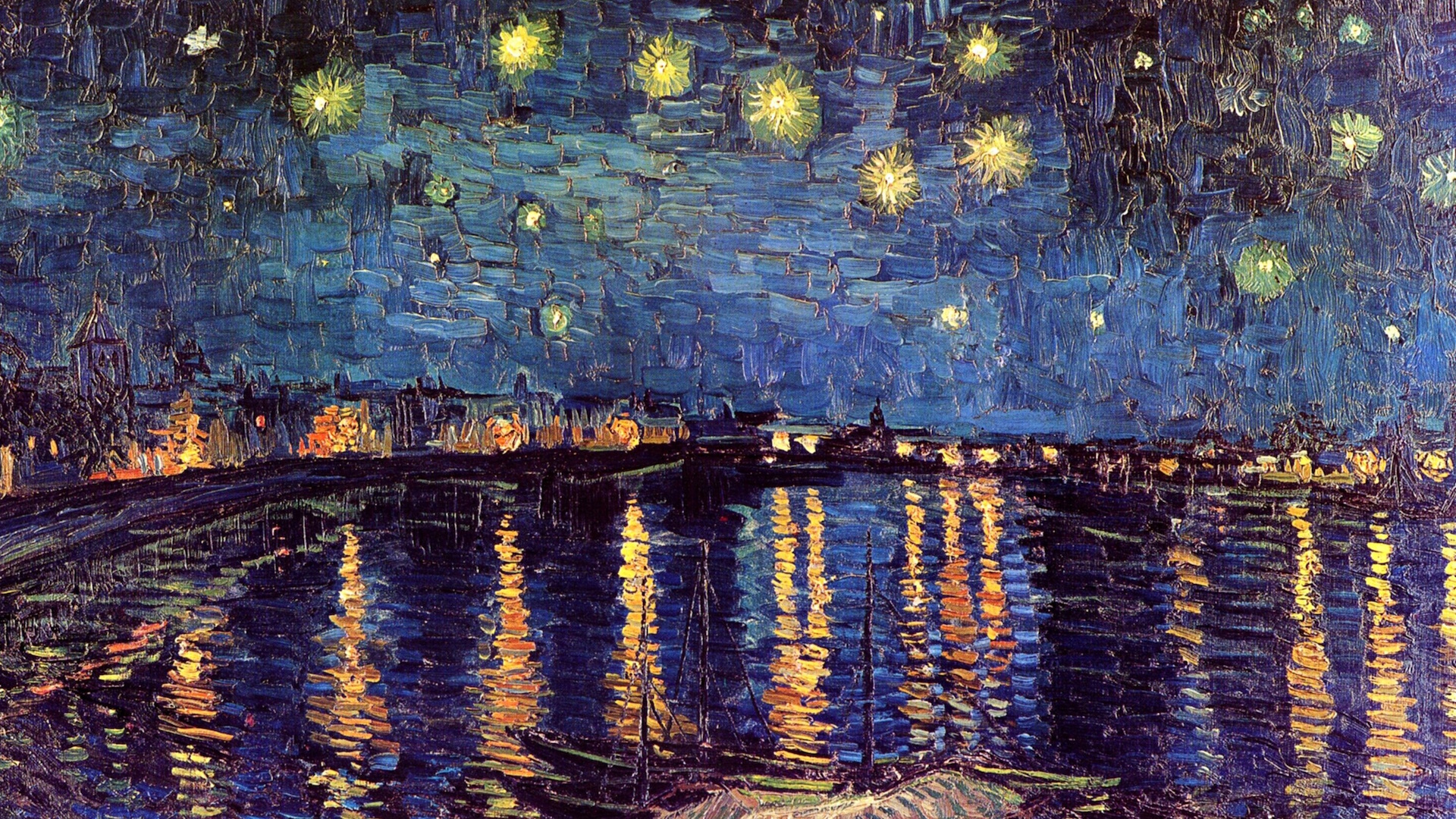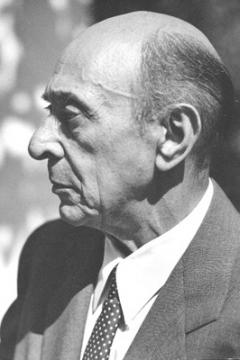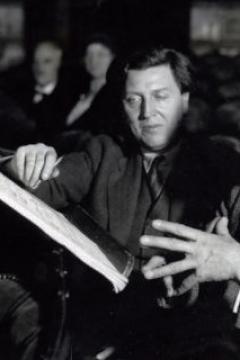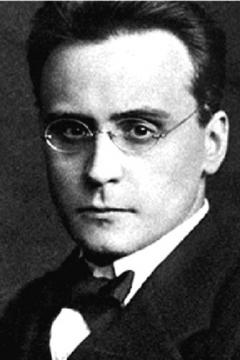1910-1930
Expressionism
Arnold Schönberg: Herzgewächse
Arnold Schönberg: Herzgewächse op. 20 (1911)
Anu Komsi, soprano. Reija Bister, harp. Emil Holmström, harmoni. Ilmo Ranta, celesta.
Alba Records 2011.
Anu Komsi, soprano. Reija Bister, harp. Emil Holmström, harmoni. Ilmo Ranta, celesta.
Alba Records 2011.
About Expressionism in general
In the years before the First World War, the political situation in Europe was tense. The great powers were competing for industrial resources and colonies. Urbanisation and the monetary economy had changed living environments and culture permanently. Expressionism first emerged as a style in painting, like Impressionism. It was a modern heir to Romanticism in that although in some senses it was a reaction to Romanticism, at its core was the subjective experience of the artist, drawing deep on the subconscious.
I owe very, very much to Mozart; and if one studies, for instance, the way in which I write for string quartet, then one cannot deny that I have learned this directly from Mozart. And I am proud of it! –Arnold Schönberg
Expressionism and music
In the early years of the 20th century, Western classical music was being spread around the world through recordings and training. For the first time ever, it was possible to listen to both old and new compositions and to broadcast them by radio. Composers such as Wagner, Mahler and Richard Strauss had already explored the boundaries of tonality in their works.
It was Arnold Schönberg, a virtually self-taught composer, who took the next logical step in harmonic development, as he saw it. He abandoned the foundation of tonality, the seven-step musical scale, and with it the concepts of tonic, major and minor. He declared that all 12 tones of the chromatic scale were equal and had to be used in equal proportion. This opened up a wholly new world of harmony for composers, and musical structures had to be completely rethought. The idea of all pitches being equal led to a rational framework for their organisation, and this led to the Second Viennese School.
It was Arnold Schönberg, a virtually self-taught composer, who took the next logical step in harmonic development, as he saw it. He abandoned the foundation of tonality, the seven-step musical scale, and with it the concepts of tonic, major and minor. He declared that all 12 tones of the chromatic scale were equal and had to be used in equal proportion. This opened up a wholly new world of harmony for composers, and musical structures had to be completely rethought. The idea of all pitches being equal led to a rational framework for their organisation, and this led to the Second Viennese School.
Expressionist composers
Arnold Schönberg, who was virtually self-taught as a composer, is considered the father of Expressionism in music. He and his students formed what is known as the Second Viennese School – Haydn, Mozart and Beethoven being considered the First, though no such name was coined in their day.




